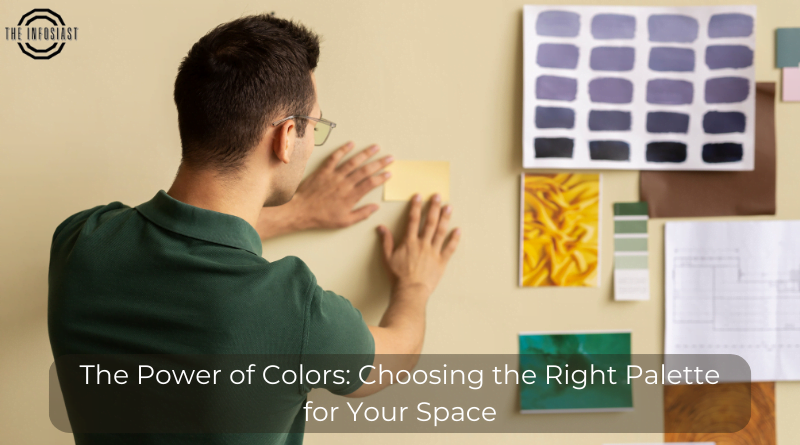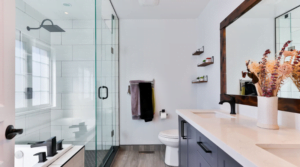
Colors have the power to transform our surroundings and evoke emotions. When it comes to decorating our homes, choosing the right color palette is essential in creating the desired atmosphere and style. In this article, we will explore the importance of colors in interior design and provide valuable insights on selecting the perfect color scheme for your space. Whether you’re starting from scratch or looking to refresh your current decor, understanding the power of colors can make a significant difference in transforming your home.
The Psychology of Colors:
Colors have a profound impact on our mood, emotions, and overall well-being. Different colors can evoke various feelings and energies. Understanding the psychology of colors can help you create an environment that aligns with your desired ambiance. Here are some examples:
Calming Colors: Cool tones such as blue and green have a calming effect, perfect for bedrooms and relaxation areas. These colors promote tranquility and peacefulness.
Energizing Colors: Warm tones like red, orange, and yellow exude energy and vitality. They can be great for spaces where you want to inspire creativity and enthusiasm, such as home offices or living rooms.
Neutral Colors: Neutral shades like beige, gray, and white provide a timeless and versatile backdrop. They create a sense of balance and allow you to add pops of color through accessories and accent pieces.
Considerations for Choosing a Color Palette:
The Purpose of the Space: Determine the function of the room and the mood you want to create. For instance, a vibrant color scheme might work well in a playroom, while a serene palette suits a meditation room.
Lighting Conditions: Take into account the natural and artificial lighting in the space. Colors can appear differently depending on the lighting, so test swatches under various lighting conditions to ensure the desired effect.
Personal Preference: Consider your personal taste and style. Choose colors that resonate with you and reflect your personality. After all, your home should be a reflection of your unique self.
Complementary Colors: Explore color combinations that work harmoniously together. Complementary colors, which are opposite each other on the color wheel, create a vibrant and balanced look.
Visual Flow: Aim for a cohesive and harmonious flow between rooms. Choose a color scheme that transitions smoothly from one space to another, creating a unified and visually appealing home.
Popular Color Schemes:
Monochromatic: This scheme uses different shades and tones of a single color. It creates a sophisticated and harmonious look, allowing you to play with texture and depth.
Analogous: Analogous colors are adjacent to each other on the color wheel. This scheme provides a pleasing visual harmony and is often found in nature. For example, a combination of blue, green, and teal creates a serene and refreshing ambiance.
Triadic: Triadic color schemes consist of three colors equally spaced on the color wheel. This scheme is vibrant and energetic, as it combines contrasting hues. For example, a combination of red, yellow, and blue can create a bold and dynamic look.
Complementary: Complementary colors are opposite each other on the color wheel. This scheme offers high contrast and creates a visually striking effect. For instance, pairing blue with orange or purple with yellow can create a captivating space.
Bringing It All Together:
Test Samples: Before committing to a color palette, test paint or fabric samples in the space. This will help you visualize how the colors will look and feel in your environment.
Balance and Contrast: Achieve a balance between light and dark tones to create depth and interest. Use contrasting colors strategically to highlight focal points and add visual impact.
Layering and Accents: Add depth to your design by incorporating various textures, patterns, and accents. This can include artwork, textiles, rugs, and accessories that complement the color scheme.
Evolving Spaces: Keep in mind that your color preferences may change over time. Embrace the flexibility to update and evolve your color palette as your taste and style evolve.
Choosing the right color palette for your space is a powerful tool in creating a harmonious and inviting environment. By understanding the psychology of colors and considering various factors, you can transform your home into a personal sanctuary that reflects your style and enhances your well-being. Remember, there are no strict rules when it comes to color selection, so embrace your creativity and enjoy the process of creating a space that truly feels like home.



